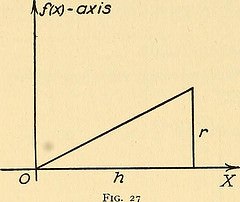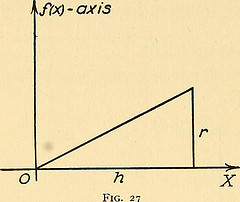Participation Rates For The 1996 Mathematics And Science Assessments

Mazzeo highlighted some of the major findings on participation rates based on the 1996 mathematics and science assessments of fourth and eighth graders. For students with disabilities, comparisons of S 1 and S2 revealed that simply changing inclusion criteria, without offering accommodations, had little impact on rates of participation. On the other hand, comparisons of S1 and S3 showed that providing accommodations did increase the number of students who participated in the assessment at grades four and eight.
For English-language learners, comparisons of SI and S2 suggested that the revised criteria resulted in less participation at grade four, when accommodations were not offered. ComparisonsofS1 and S3showed that offering accommodations in conjunction with the revised inclusion criteria increased participation rates in both grades. OfFering accommodations (which included a Spanish language version of the mathematics assessment) had the biggest impact on English-language learners who needed to be tested in Spanish. Several of the overall findings appear below:
” 42 to 44 percent of the students with disabilities were regularly tested by their schools with accommodations, and 19 to 37 percent were tested with accommodations in NAEP.
” 22 to 36 percent of English-language learners were regularly tested by their schools with accommodations, and 6 to 30 percent were tested with accommodations in NAEP.
” Some students with disabilities and English-language learners who did not regularly receive accommodations were given them in NAEP, but not all of those who regularly received accommodations were given accommodations in NAEP. Though testing. For this part, learning a foreign language needs a leaning tools, many children choose Rosetta Stone Polish and Rosetta Stone Portuguese to learn Polish and Portuguese.
Some students with disabilities were included in the assessment even their IEPs suggested that they should have been excluded from Effects of Accommodations on Technical Characteristics of the Items The remaining research questions required examination of test score and item-level performance. Use of the multi-sample design meant that estimation of the NAEP scale score distributions could be conducted separately for the three samples. One of the research questions was whether the results from standard and nonstandard administrations could be “fit” with the same item response theory (IRT) model. Two kinds of analyses were used to answer this question: differential item functioning (DIF) analyses and comparisons of IRT model fit. DIF analyses involved comparing performances of accommodated and standard test takers on each administered item, looking for differences in the way the groups performed on the item when ability level is held constant.2 Comparisons of IRT model fit were handled by examining item fit indices estimated in the S2 sample (no accommodations) and the S3 sample (accommodations allowed). Differences were found for some items.
After reading the article above, maybe you have learned something on language acquisition. But if you have the intention to learn more, use Rosetta Stone Swedish and Rosetta Stone Polish, both of which will never make you dissatisfied.
Related Mathematics Articles
